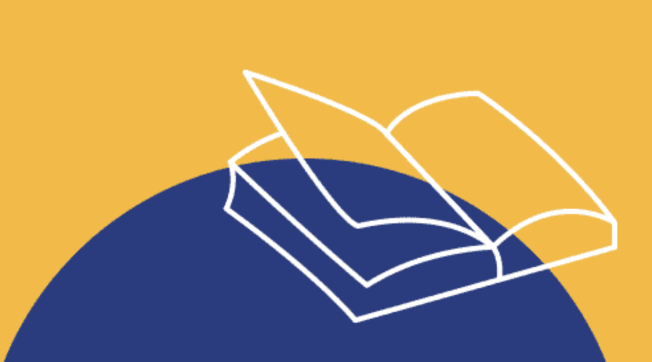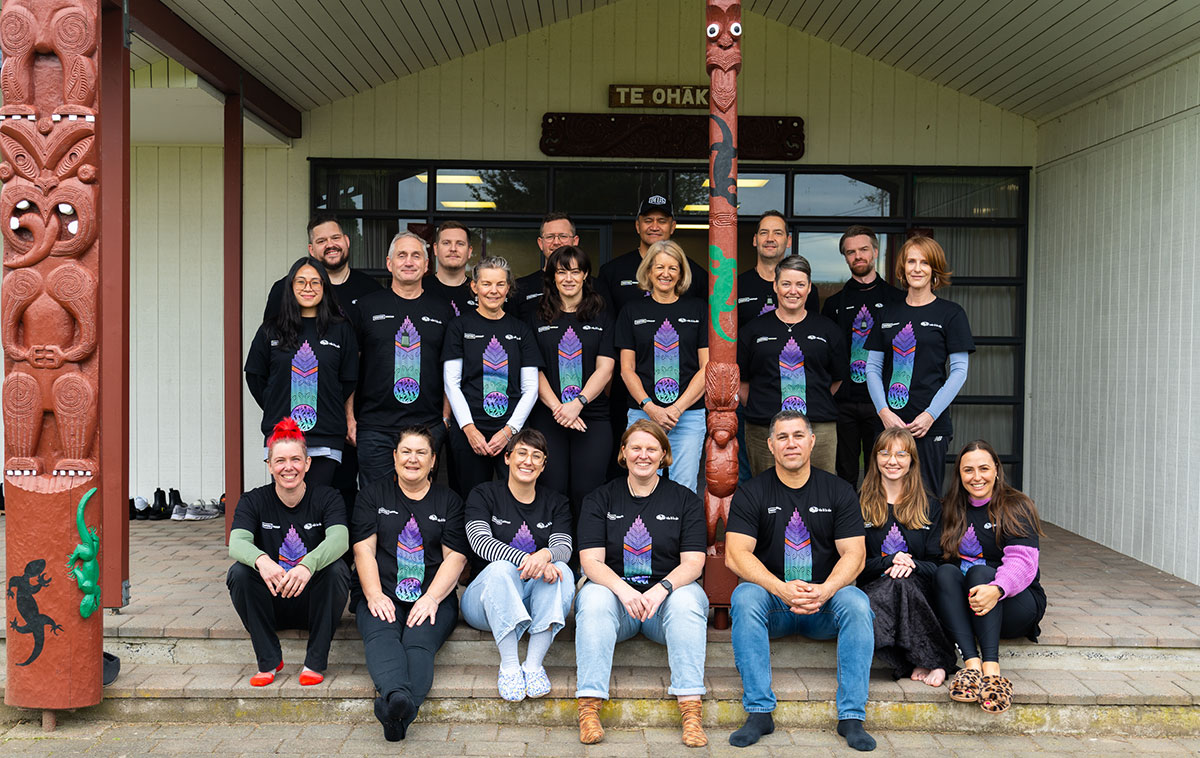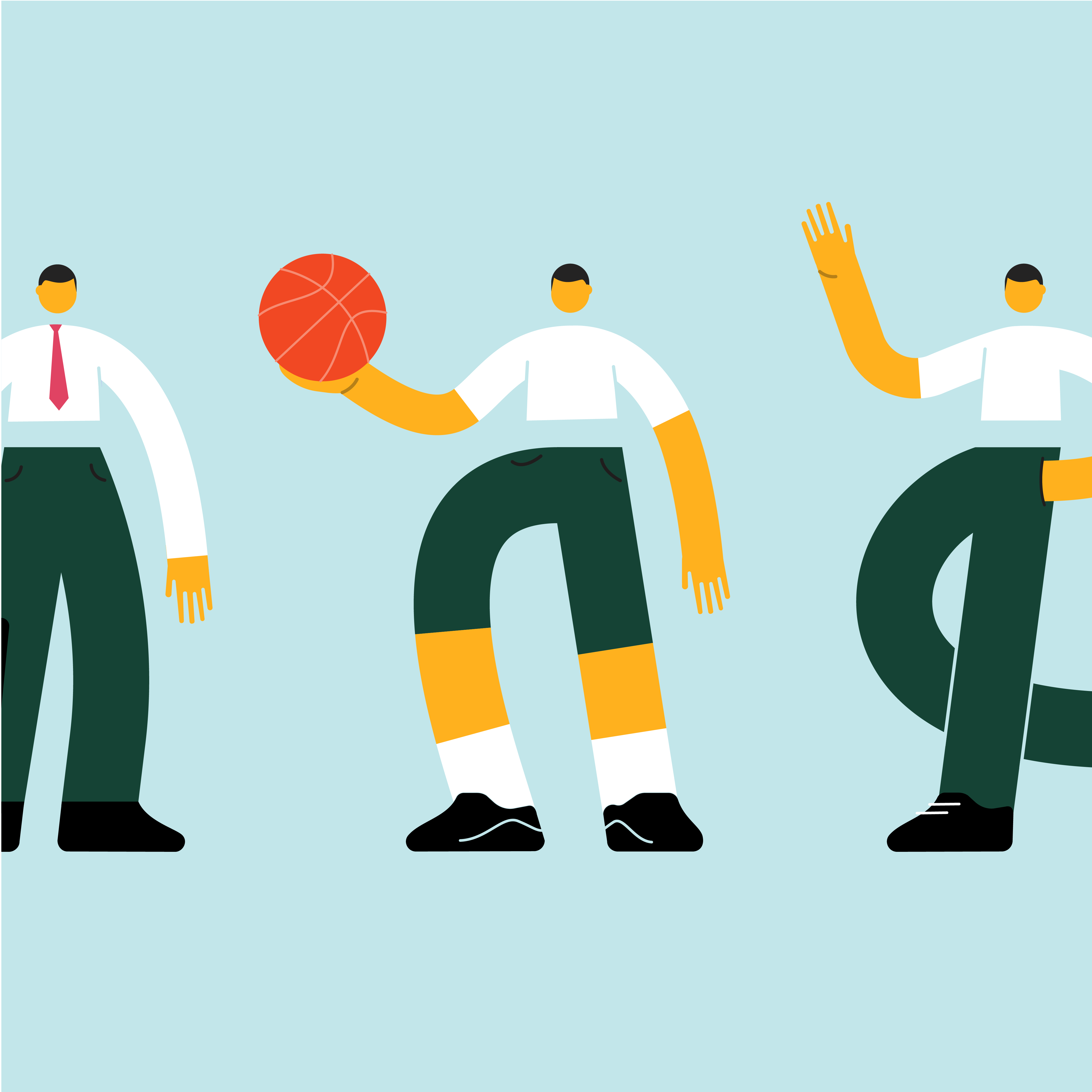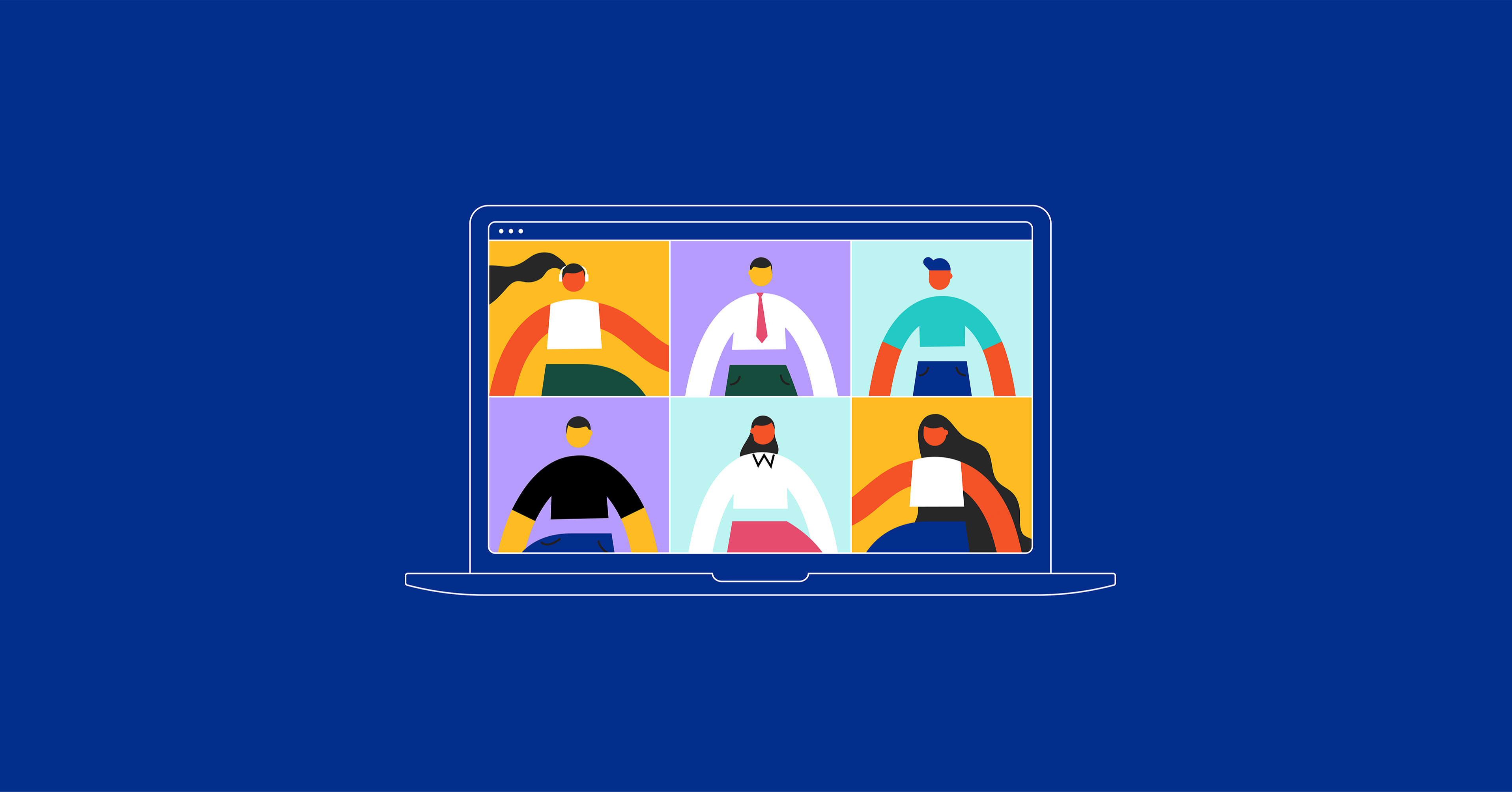UX and UI in learning design with Todd Hammington
In this episode Dan Tohill interviews Todd Hammington, a Visual Designer, Illustrator, UX and UI expert and product owner of Chameleon Creator an online learning authoring tool.
Listen to Todd explain how UX and UI principles can be used in a learning design context to enhance learning outcomes.
"A good learning designer really cares about the user experience, they really care about the end user learning something." - Todd Hammington
Listen to the interview here:
Or read the interview summary here:
What is the difference between UX and UI?
UX and UI are just two of the many fancy acronyms these days. I consider them to have very different roles, but I believe they should work symbiotically together. I think, typically a UX designer's goal was to make products more pleasurable to the user. So in the tech community they look at the full scope of the design thinking process, with the goal of enhancing that satisfaction. This can involve anything from researching the audience behaviours to wireframing, prototyping and testing.
So yeah, what's the difference? I think a UI designer could be considered the visual cousin of a UX designer. Their aim is to understand how best to present the work of the UX designer, and then place that into a product of some sort, depending on what the context is.
Why should the learning community care about UX and UI design?
I think there should be a lot of parallels between a learning designer and a UX designer. Obviously you have to please stakeholders and people who have the money, but at the end of the day, a good learning designer really cares about their user experience. They really care about the end user learning something. A UX designer is out there, researching the audience and the personas and trying to apply that to enhancing that learning experience for them. So yeah, there should be a few parallels, you know, if you look at the job and the world we live in, man, I think, they're very closely aligned.
What sort of challenges and opportunities would a learning designer have to apply some of these UX and UI principles?
I think there's the age-old tension between the client and the stakeholder taking the wheel. And you know, that well-worn kind of, "I don't want to design it like this, but I don't have a choice because the particular key stakeholder I'm dealing with really wants it to be this way".
So they're almost saying, look, I know it's ugly, or it feels unusable, or it feels less than optimal, but that's what the client wanted ?
Yeah, I think that's quite a common design problem to have. I think that's where a good UX or learning designer comes into play and they use that research and data they gathered to influence stakeholders. So it's not just about ''what is my opinion on the colour green?', it's did the users even notice the colour? And how much time did they spend tossing and turning over it? Are we just kind of arguing over something that's pointless and are we just wasting both of our time?
Having good habits, sticking to those UX design principles, taking away the subjectivity, around whether or not you like the colour blue is actually bringing in the real data into the conversation because you've gone out and tested it with the end users. And it's hard to argue with that. It's really hard to go out and prototype some validated design concept and come back and say, do you disagree with that? Because you can't really argue with the data and research.
So if you needed to manage tensions between stakeholders and great design, you could get users involved?
Yeah, absolutely. That's why there's been a huge influx of UX design and those sort of big tech companies. You imagine something like Instagram. There are billions of people using that platform so you want to see where your users are tripping up along the way. So they invest a lot of tech and resources into the product experience. So their design decisions are actually purely based off research and not really about someone's opinion.
I would say most of us are going to respond in a similar way to some sort of digital interface. Do you think eventually more and more things will start looking the same? Will there be some common elements that are just the way it's going to be from now on?
Oh, I think that's where it gets really interesting, you know, and when facing that with Chameleon , , you can't always be completely driven by UX design. You have to innovate sometimes to, you know, put you ahead of the crowd or, you know, add that delight. There was this sort of phase actually quite recently with people where using every framework that existed and everything started to look the same. So yeah. I definitely think there's the foundations that you should stick to, and on top of that, that's where a UI designer starts to show their analysis. How do we make this look a little bit different? Or how do we challenge the users in a slightly different way? By breaking those rules a little bit every now and then. But it's a really good tension between those two thing isn't it? Like, what's proven? What's been researched? And also how to innovate on top of that, because you don't want to be completely driven by those old frameworks.
Can you give me an example where Chameleon's done that?
Yeah, I think it's the Gutenberg Z screen format. We've shifted that around a bit with, you know, where the human eye sort of tracks from left to right in Z fashion and then focuses in the middle of the screen and then lowest priority is left to right on the bottom of the screen, but we've certainly tested a lot of that sort of stuff and challenged it quite a bit. I think, we would prefer to be a little bit more visual, I think, you know, through illustration and animation compared to other learning and authoring tools, because I guess one of our principles is we don't really look inside or backwards. We look outside and forwards. So we look outside of our vertical market and we look at what some of the other big players are looking to do, because yeah, we're in quite a good position, I guess, because we're not a huge tech company. We don't have these guide rails so we can actually innovate pretty quickly. So I think we're constantly dancing between what works, what's proven, and how do we innovate to put ourselves ahead.
Because of your challenges, you've got to create an interface for almost anyone in the organisation to be able to build something right? So make it super simple, but ensure the features and the functionality are competitive with other tools, but also the output of that has to look pretty sharp.
Yeah, it's all of those three. And I think where a lot of other tools struggle is the ease of building those things, you know? Something as simple as an accordion, it shouldn't take an engineer to build that. So that's the process that we really focus on and making life easy for that user. We have three design principles, is it easy? Is it efficient? And is it beautiful? So every feature we build, we ask those questions before launching it.
We want to speed up your design process as an author, so we're gonna take away as much of that cognitive bloat as possible when it comes to design decisions. Ideally we want to add some time back into your day, but also, does it actually operate quickly on the web as well. Is it efficient and package size? So yeah, it's both of those things.
What do you think the future looks like for UX and UI?
I think that the experienced designer role is just exploding into different areas and specialties at the moment. I'm hoping that doesn't keep happening to be honest, because it gets quite confusing for them. One thing I think makes someone really employable is an end-to-end designer, you know, someone that is passionate, but not a specialist across the end-to-end design process. And those roles do exist as well. I think there are UX designers that do know how to do UI design and they do understand the development process and coding. And so say, you know, that they're across the entire design process. I think those sort of unicorn roles will start becoming more popular.
Which individuals or companies do you look to for inspiration?
I think people wise I'm a big fan of Melanie Perkins from Canva, I think her journey's been amazing, you know; from building a product in her parents garage with her partner through to becoming a Silicon Valley unicorn. I think as a person she's really inspirational. Product-wises, I mean in the UI world, I find that really exciting at the moment, you know, 'Sketch' completely kind of changed the game in regards to UI design but since they've done that, there's been these products like ''Figma'', that have a fully fledged UI design tool on the web and it just works like a native application. It's crazy. So yeah, I just look at what ''Figma'' are doing at the moment from a tech perspective it's so incredible, it really blows my mind.
Who do you think is doing some great UI stuff that could be of benefit to the L&D community?
There are great products, like Envision. They've always been a great product and service with regards to prototyping, but I actually really liked the community behind Envision as well. They've got some great resources, some great eBooks and audio books around, you know, stepping into the world of UI design for the first time. For some people it's a great kind of knowledge base as well as the tool itself.
I think, you know, we're pretty lucky, the big tech companies out there, like your Google's and Airbnb are really transparent, with their design processes as well. They provide free frameworks for people to use and, they always update the community with what they're doing and how they're innovating. So I think even though they do sound cliched, once you scratch under the surface with their content, it's actually really useful.
If a graphic or visual designer was new to the world of Learning Design what could you tell them about the world of learning and how is it different to working in an agency?
So in the world of learning, I think we're actually pretty spoiled sometimes as visual designers because, we get a lot more room to innovate, because you're not public facing your work immediately, if that makes sense. So if you are working with a big corporate company and have brand guides for their public audience, they really do lock the designers down into working within their brand.
I think also the reason why you're doing the work's really cool. It's not just about making money. It's not just conversion design, it's actually enhancing someone's life, which is a pretty cool reason to design something and a nice motivator for a lot of designers out there as well. I think when you do join a big design shop, and I'm definitely not saying this is the case for all of them, but a lot of shops you're dealing with a big organisation, they've already got a pre-existing brand. You're kind of just moving assets around.
Thank you, Todd. Are there any other parting words of wisdom?
Yeah. I think, as someone that's worked in this particular role for quite some time, one thing I have noticed is that if you are passionate about design, it's not like you have to go and re-study. I definitely find a lot of learning designers are; they become really passionate about the visual design. Yeah. It's all a really tangible thing to get into. I mean, it doesn't necessarily mean we hire people with the degrees only as well. Real experience and a great portfolio can outweigh someone that's gone through university. So, yeah, I think it's a really exciting world.
Learn more about Chameleon Creator
Learn more about how you can use Chameleon Creator to improve the user experience of your learners.
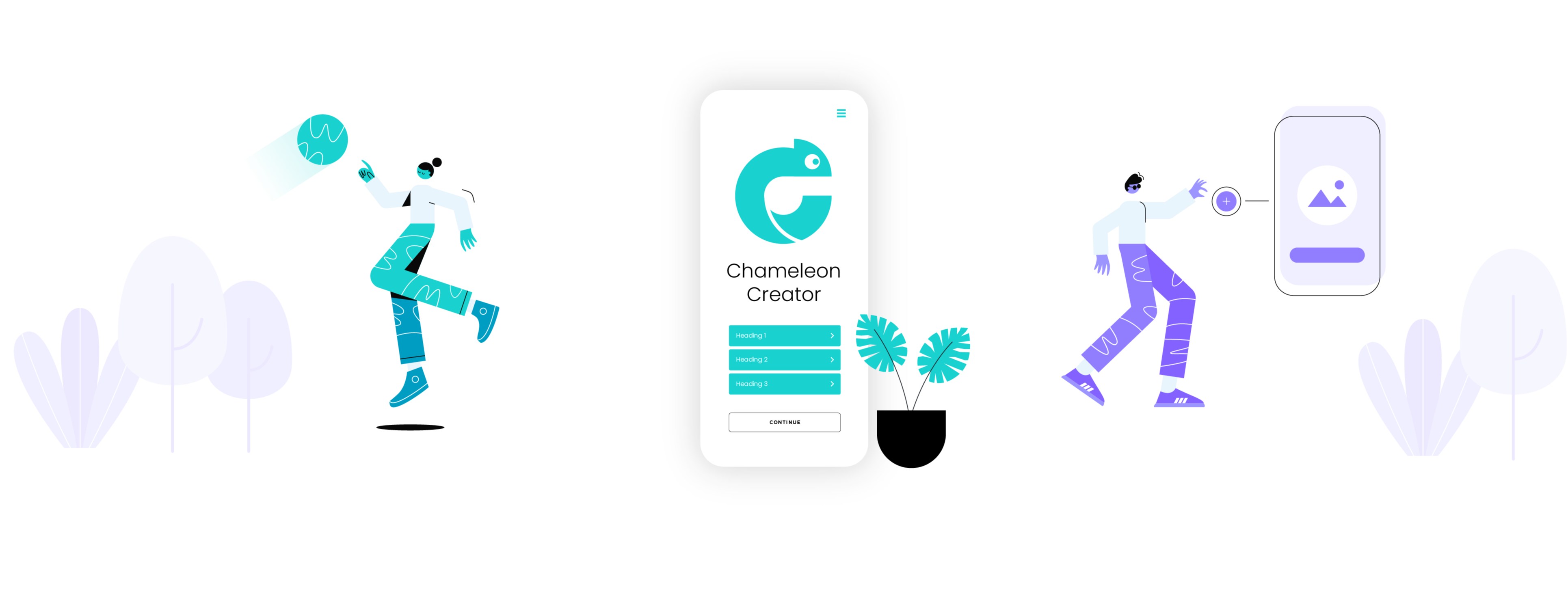
About the author
Dan Tohill's journey as a learning specialist steeped in business psychology spans an impressive three decades. His unique blend of academic rigor and practical innovation has left an indelible mark on the learning landscape in New Zealand, Australia, and Asia. In 2001, Dan recognized an opportunity to redefine how organizations approached learning, leading him to establish Inspire Group. Over the years, Inspire has emerged as the go-to provider for learning solutions in New Zealand and Australia, celebrated for its innovation and recognized as one of New Zealand's top workplaces. Beyond founding Inspire, Dan remains at the helm, steering the company's expansion into new markets and products. His commitment extends beyond the boardroom, staying actively engaged with Inspire's clientele and contributing valuable thought leadership to the professional community through speaking engagements and coaching practitioners. Dan Tohill's journey is a testament to the transformative power of melding academic insight with practical solutions, shaping not just a company but an ethos of learning excellence that resonates across borders.



